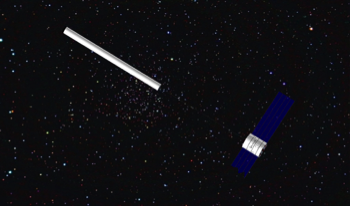Step 1.) Turn off all un-necessary equipment and lights.
Step 2.) Locate the source of the power drain.
Step 3.) Affect repairs as quickly as is SAFELY possible.
Step 4.) Gradually turn lights on while monitoring power gauges. Watch for spikes to the load.
Etc.
“Well, I’d say we can check off number two, right off the bat,” Brandon pointed out. “So, for now we’re on… what, half power, right? Let’s go with that, ration our usage and check our options. One thing that comes to mind is to pull out the surface RTG we have stowed away in Stateroom Five. What other ideas do we have?”
Jackie stared off into the distance thinking out-loud, “Riding the exercise bike more; it’s already configured to generate some level of electricity.”
Valerie retorted, “Yeah, but not enough to compensate for all the extra showers we’ll need to take. That thing generates more sweat than it does electricity.”
“I certainly hope we can come up with something else before firing up the nuke,” Tom quickly replied. “We are still a month out from Mars. And that thing puts out a lot of radiation for such a confined area like inside the ship.”
“I agree completely,” Brandon added, “As for step three: we don’t have a back up solar panel to deploy. I seem to recall Skylab having a one-panel configuration, but I can’t remember if that was by design or some sort of failure.”
Carl was just finishing the message to Mission Support and clicking the ‘Send’. “I remember reading about that a few years ago,” he volunteered. “One panel was lost when a micrometeoroid shield broke away during launch, taking the panel with it. Plus, there was a problem deploying the other panel. The first crew was able to install a replacement shield and got the remaining panel to deploy, but that was in Earth orbit. If this had happened while we were in orbit, we might have waited for FP2 to launch and borrowed one of its panels. But it’s not like we can stop here and wait for FP2 to catch up. That won’t happen until we get to Mars orbit.”

